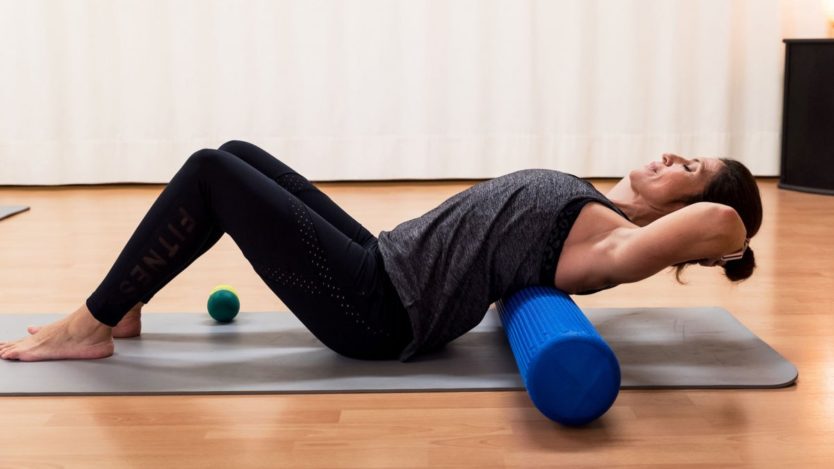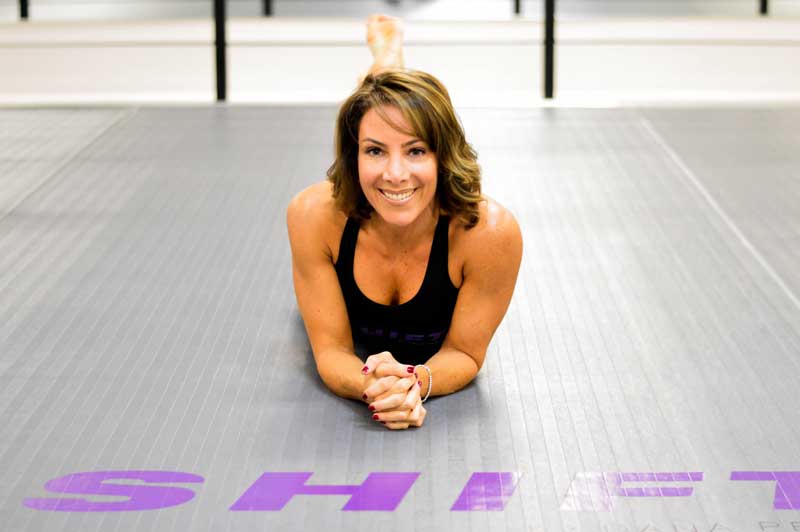Foam rolling has now become a common practice for people of all levels of fitness. People all over America are rolling various body parts over a foam roller on the floor. It may look a little strange, but it provides significant benefits.
Technically, foam rolling is self-myofascial release, or self-massage to release muscle tightness. Applying pressure to specific points on your body you can assist muscles in recovery and normal function.
Trigger points are knotting that form in the muscles. They are typically painful and feel like a small bump in the muscle. Knots can form throughout all the major muscle groups and be somewhat painful. You know your pressing on a knot when you feel the pain. It hurts but not too deeply like a muscle pull.
Knots have many causes including stress, overworking, nutrition, rest, sleep, and other lifestyle factors. Have you ever driven a long distance and your neck and shoulders tighten up? Knots form because of the long, continuous use of your arms, shoulders and neck. Joints become tight and muscles become stiff. You’re no longer functioning normally.
Deep tissue massaging helps to break up the knots and relax tight muscles. Normal blood flow returns after foam rolling because the knots are no longer restricting blood flow. Joints can become flexible once again and normal movement can occur.
Foam rolling is done using your body weight and the roller. Roll slowly, no more than one inch per second. You can roll directly over tight muscles or you can roll around them and work your way in. There’s no hard and fast rule. Gauge your own level of pain tolerance and roll accordingly.
For example, laying on top of the foam roller with your thighs allows you to roll from the top of the thigh to above the knee. If you have a knot midway down the thigh you may want to roll slowly from the top of the thigh until you near the knot at mid-thigh. Roll this short distance slowly and repeatedly. As the pain subsides you can extend the length of the rolling until you are able to roll the entire length of the thigh once again.
You can roll most major muscle groups. Avoid rolling over bones and joints. The direct pressure can be very painful. Concentrate on the upper back, hips, thighs and calves. You can also roll the chest and feet.
Depending on the severity of the knots you have, you may be sore the next day after rolling. Your muscles should feel like they’ve been worked but you shouldn’t be in pain. Drink plenty of water, eat clean and get a good night’s sleep. When your body is recuperated you can repeat this process. Make foam rolling part of your regular daily routine.


